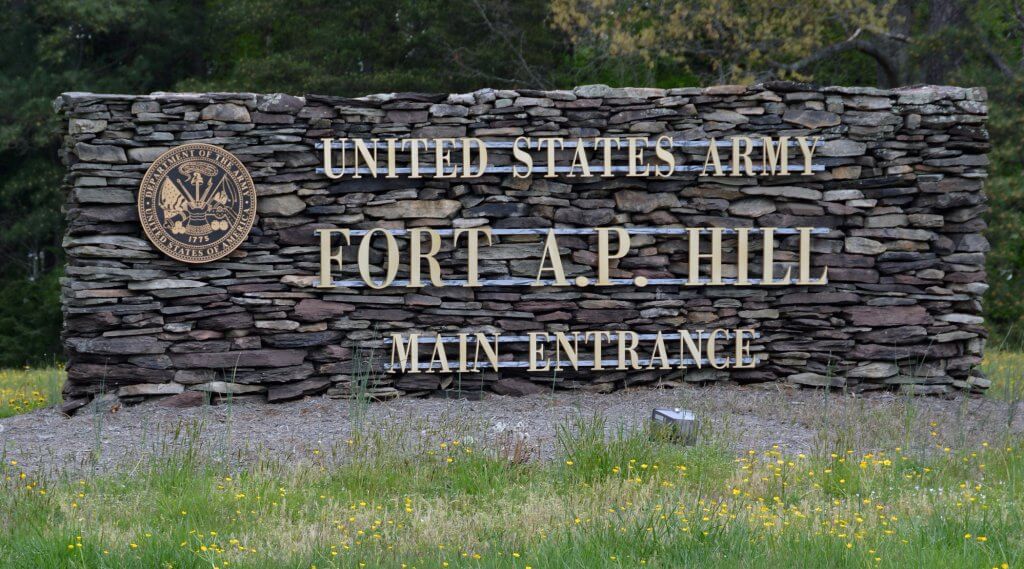The chair of the Commission on the Naming of Items of the Department of Defense that Commemorate the Confederate States of America or Any Person Who Served Voluntarily with the Confederate States of America, known as the Naming Commission, conducted a telephonic roundtable last week to provide a mandate update.
Retired Navy Adm. Michelle Howard issued the update that included an overview of tasks and timelines associated with the Naming Commission’s mission.
According to Howard, the Naming Commission’s initial focus is on 10 Department of Defense installations to include Forts A.P. Hill, Bragg, Benning, Belvoir, Gordon, Hood, Lee, Pickett, Polk and Rucker. Howard also pointed out that the Naming Commission only has the authority to review DOD installations and therefore has no say over National Guard installations. However, she did add that National Guard representatives have reached out to her in order to open up a dialogue regarding name changes. Howard also pointed out that the commission has received multiple suggestions from service members, but none from any active-duty service members.
The commission consists of eight members who were sworn in on March 2, 2021 and meet on a bi-weekly basis to discuss their tasks as outlined by section 370 of the National Defense Authorization Act of 2021 (NDAA). According to the NDAA, the Naming Commission must provide a plan for the “assigning, modifying, or removing of names, symbols, displays, monuments, and paraphernalia to assets of the Department of Defense that commemorate the Confederate States of America or any person who served voluntarily with the Confederate States of America.” This plan involves everything from generating price estimates, to recommending new names. It has only one exclusion — grave markers.
The Naming Commission is calling on each branch of service to collect naming data and develop preliminary plans of action to implement changes, with the U.S. Army taking lead on the effort. Each service will present their final plan and data of assets that fall into the name change category to the commission, who will then present their final plan to Committees on Armed Services of the Senate and House of Representatives no later than Oct. 1, 2022. From there, the Secretary of Defense will decide which aspects of the plan to implement.
In this endeavor, the Naming Commission will visit DOD installations to speak with local leadership about the changes. Their first visit will be to the U.S. Military Academy at West Point, followed shortly after by the U.S. Naval Academy. In addition to meeting with installation leaders and generating feedback from within the DOD, the NDAA also mandates the commission to interface with local stakeholders.
“During our site visits, we’re going to meet with local stakeholders to develop procedures and criteria to incorporate local sensitivities to renaming these assets,” said Howard.
Local stakeholders will be identified by consulting with DOD installation commanders and local elected officials.
When asked about how many assets could potentially meet renaming criteria, Howard responded with “it could be hundreds.” These include DOD installations, street names, pieces of equipment and anything else that can be tied back to the Confederate States of America — overtly or otherwise.
So far, the Naming Commission hasn’t encountered any hostility and expects to have impactful and meaningful conversations with everyone from local stakeholders to elected officials.
“We’ve had some great initial conversations with civic leaders and I just want to emphasize that even before the commission was formed, the services had already started to form inventory lists and estimates, so we’re receiving wonderful support and cooperation from the DOD,” said Howard.
An authorization of $2 million has been set aside for the Naming Commission’s budget, and their first update is due to the Committees on Armed Services of the Senate and House of Representatives no later than Oct. 1, 2021. Their final report is due by Oct. 1, 2022.

